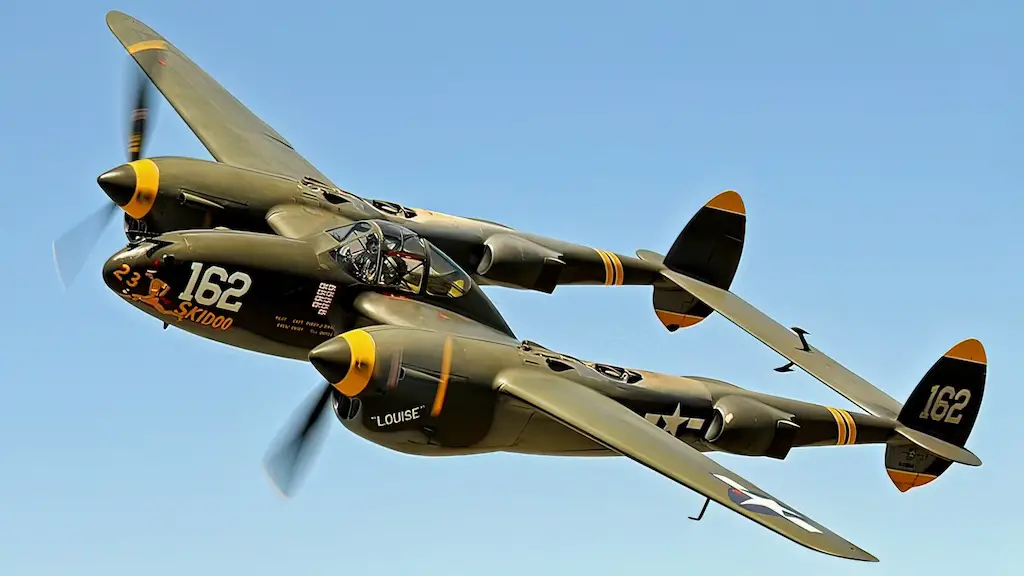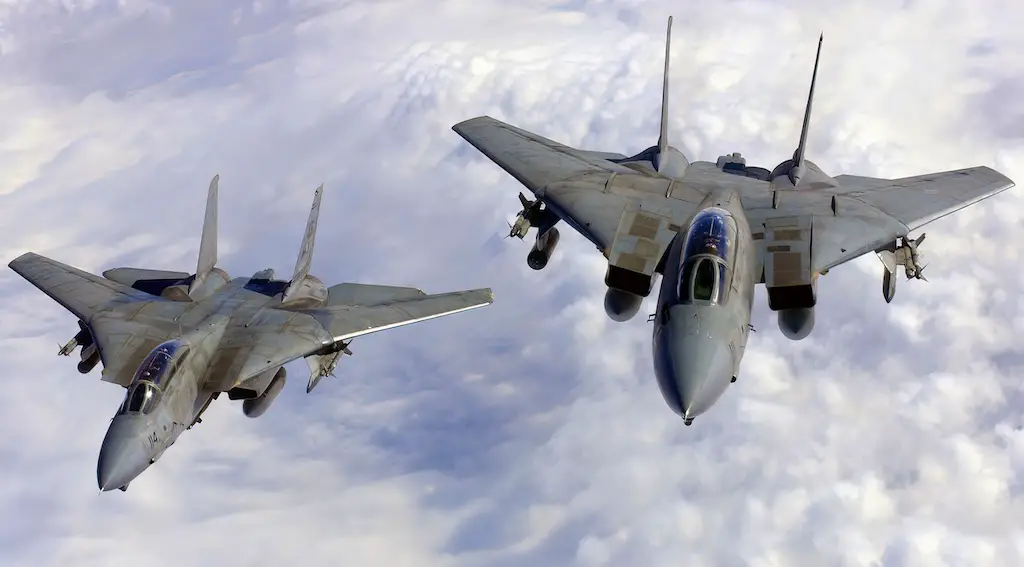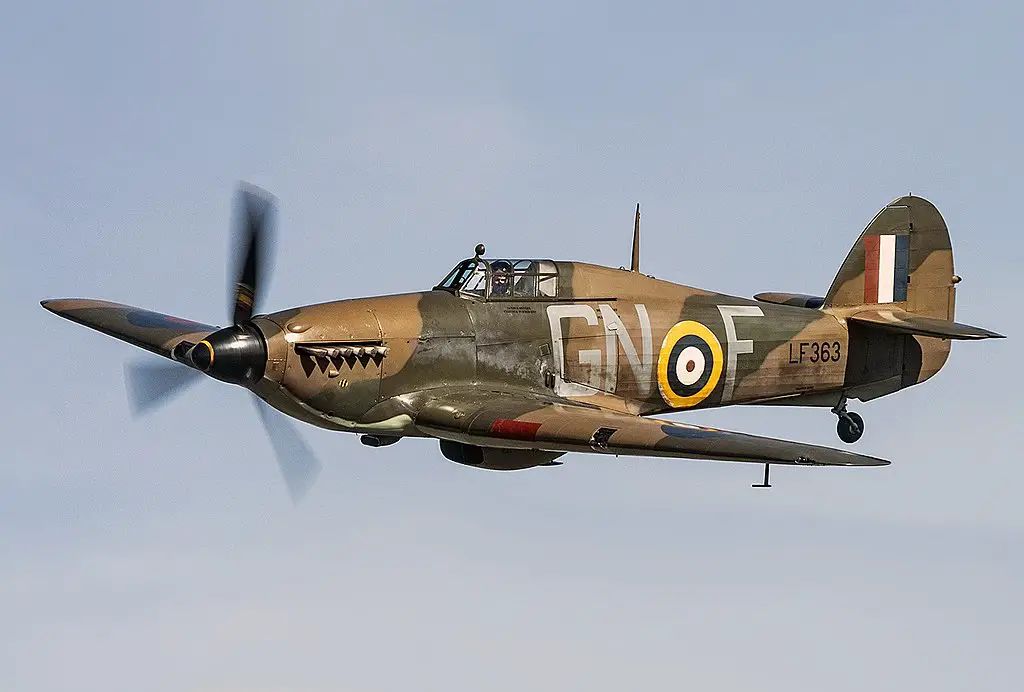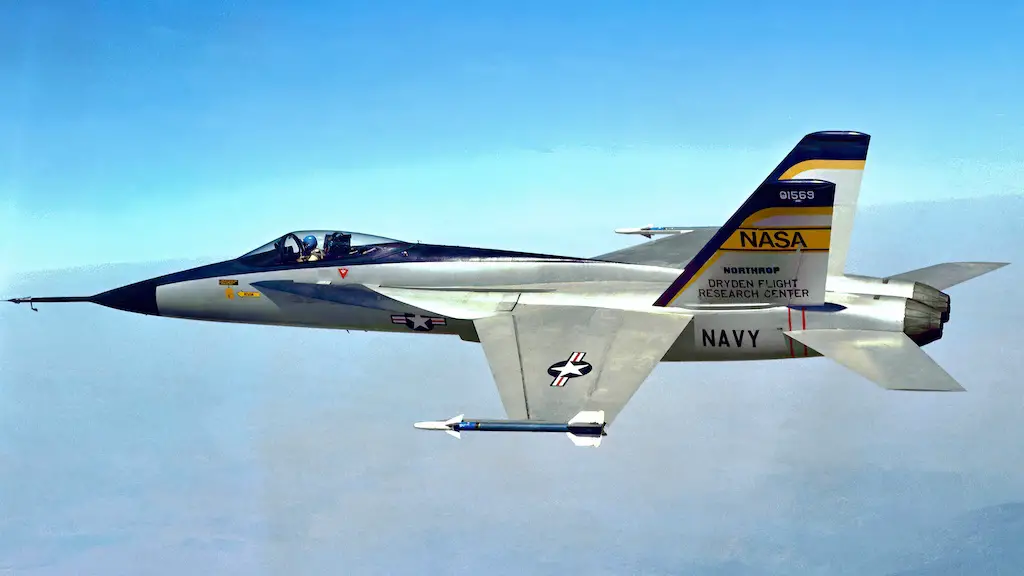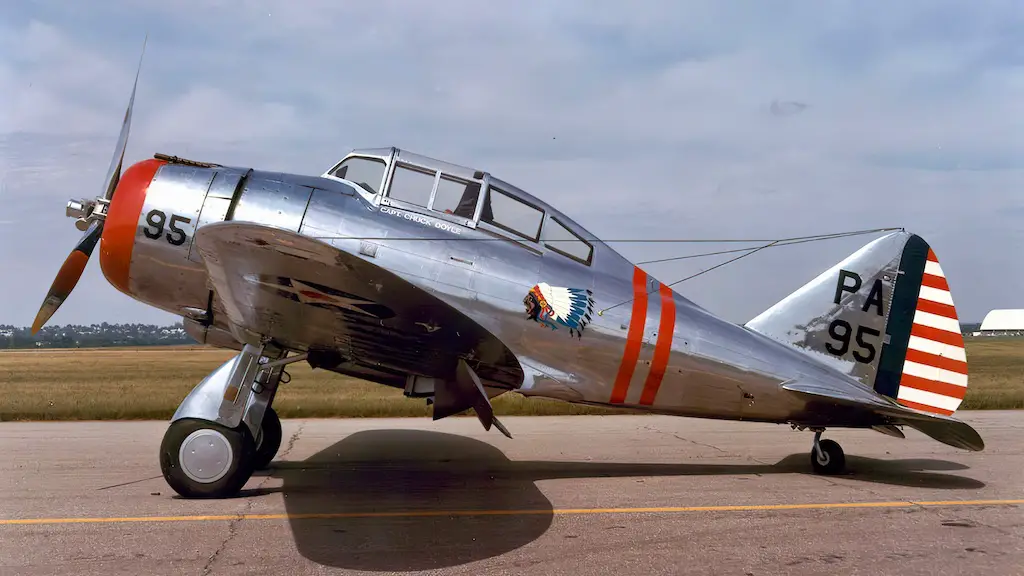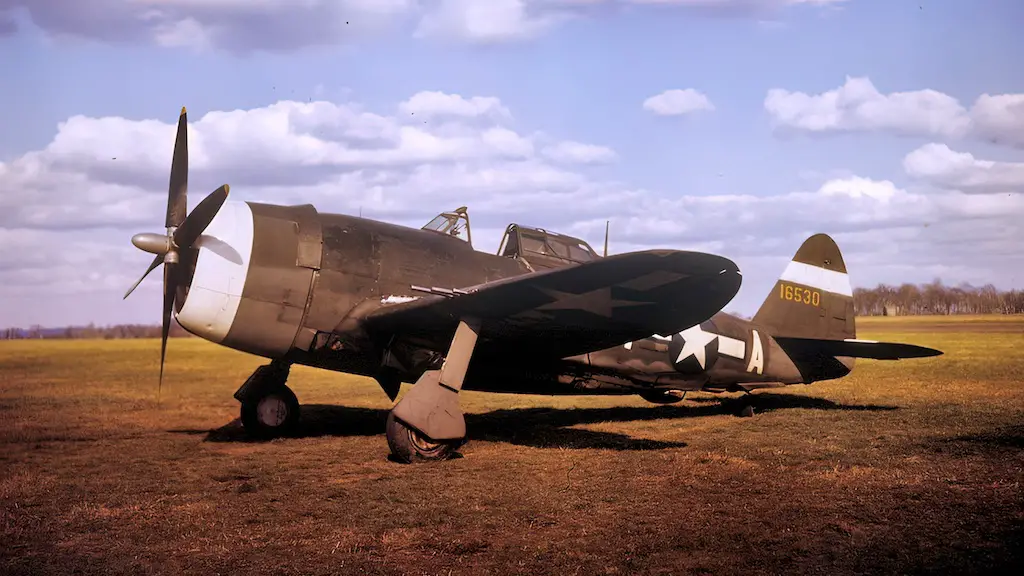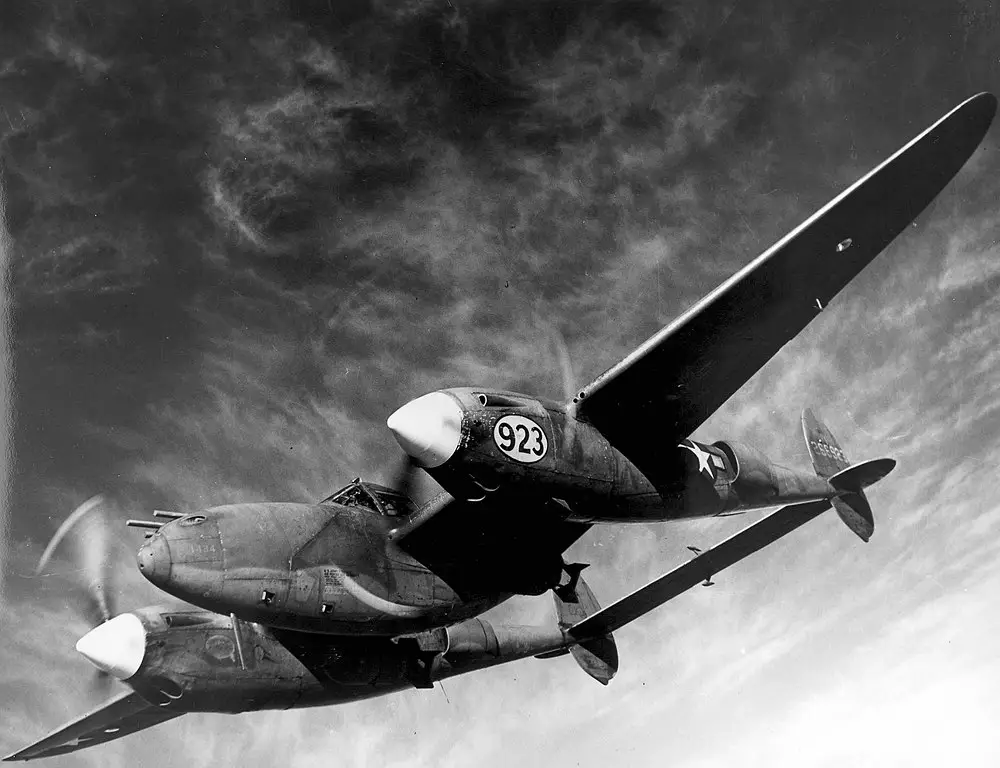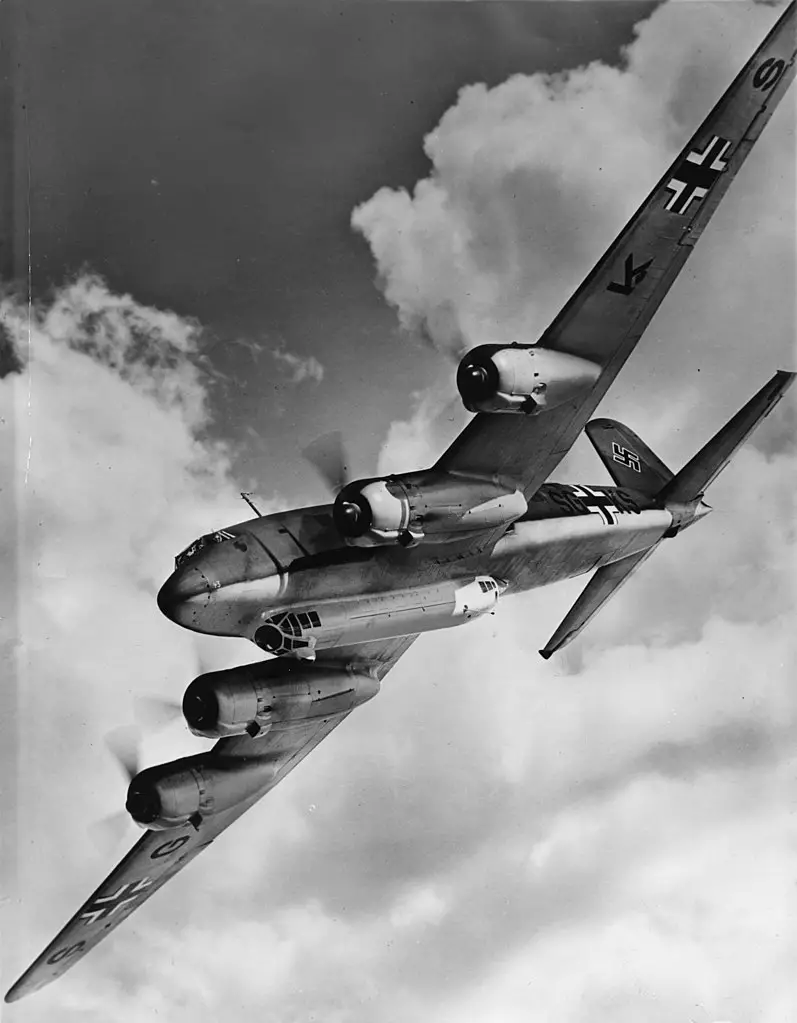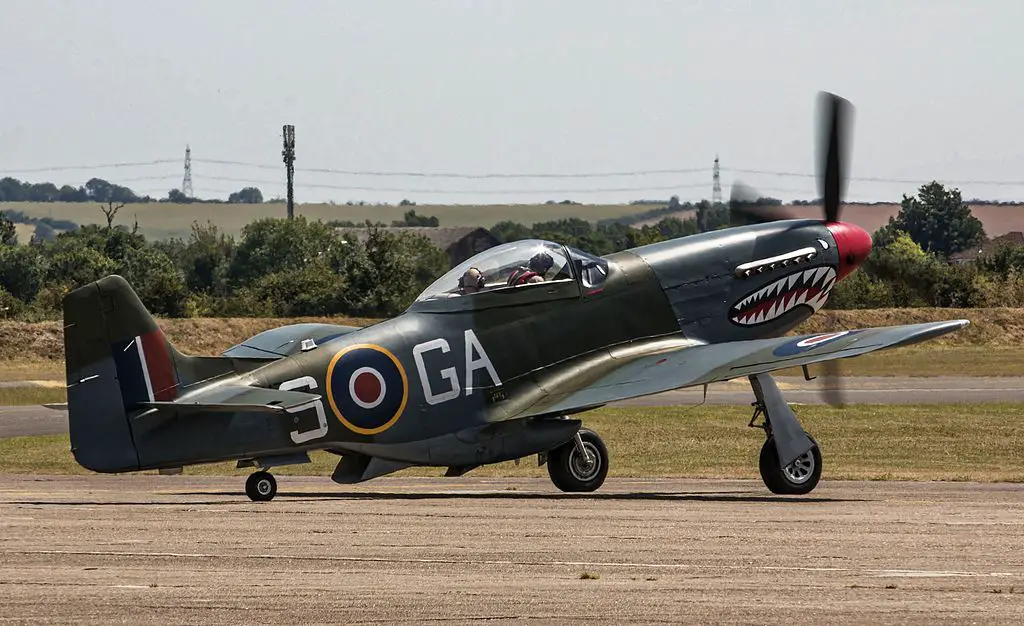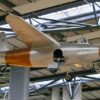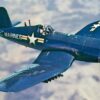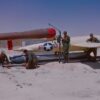If you needed a great fighter, bomber, escort, reconnaissance aircraft or night fighter, the P-38 Lightning was the go to aircraft. From the drawing board in 1937 to its first flight in 1939, the P-38 Lightning was one of the most accomplished aircraft of its time that truly set the benchmark for fighter performance.
It was the only US aircraft to enter service just before the December attack of Pearl Harbor and continue in production until the end of the war. Filling a multitude of roles the P-38 Lightning was a well-rounded aircraft that only a fool would have refused. It even earned the nickname fork tailed devil by the Germans due to its effectiveness and unique configuration as a fighter.
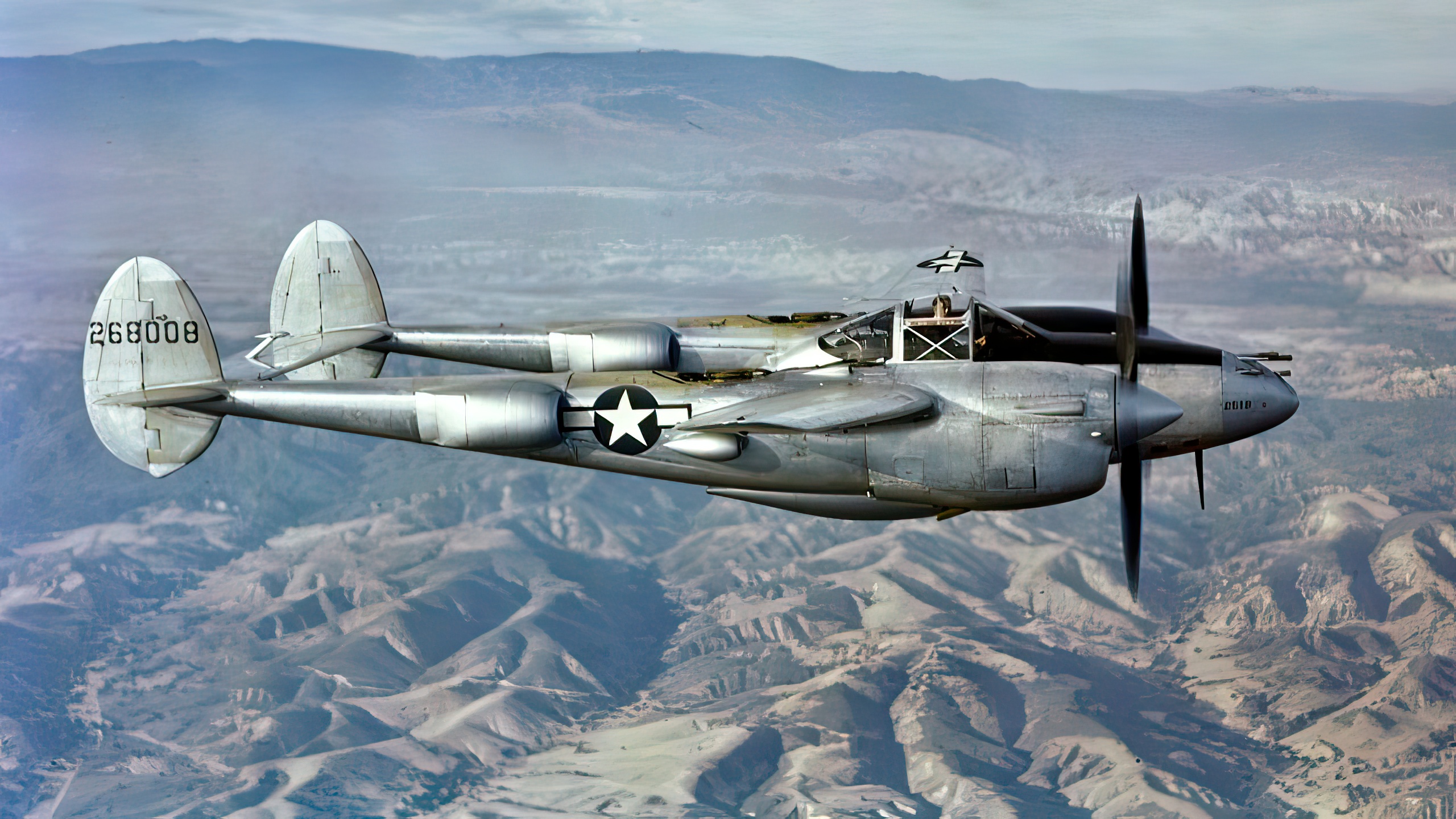
Specifications
The idea for the P-38 was sparked in 1937 when the US Army Air Corps listed requirements for a new pursuit aircraft under specification X-608. It was the most challenging Air Corps request ever released at that point in time. The aircraft had to use the Allison V-1710 V12 engine, to reach 360 mph and climb to 20,000 feet in just under six minutes.
A high demand of that sort yielded an unconventional design. The bulk of the plane was separated into three pods. Behind each of its two V12 engines was a tail. The “booms” contained the engines’ extensive turbo supercharger systems, radiator, and landing gear. Moreover, it featured a tricycle landing gear which was a rare sight for fighters at the time.
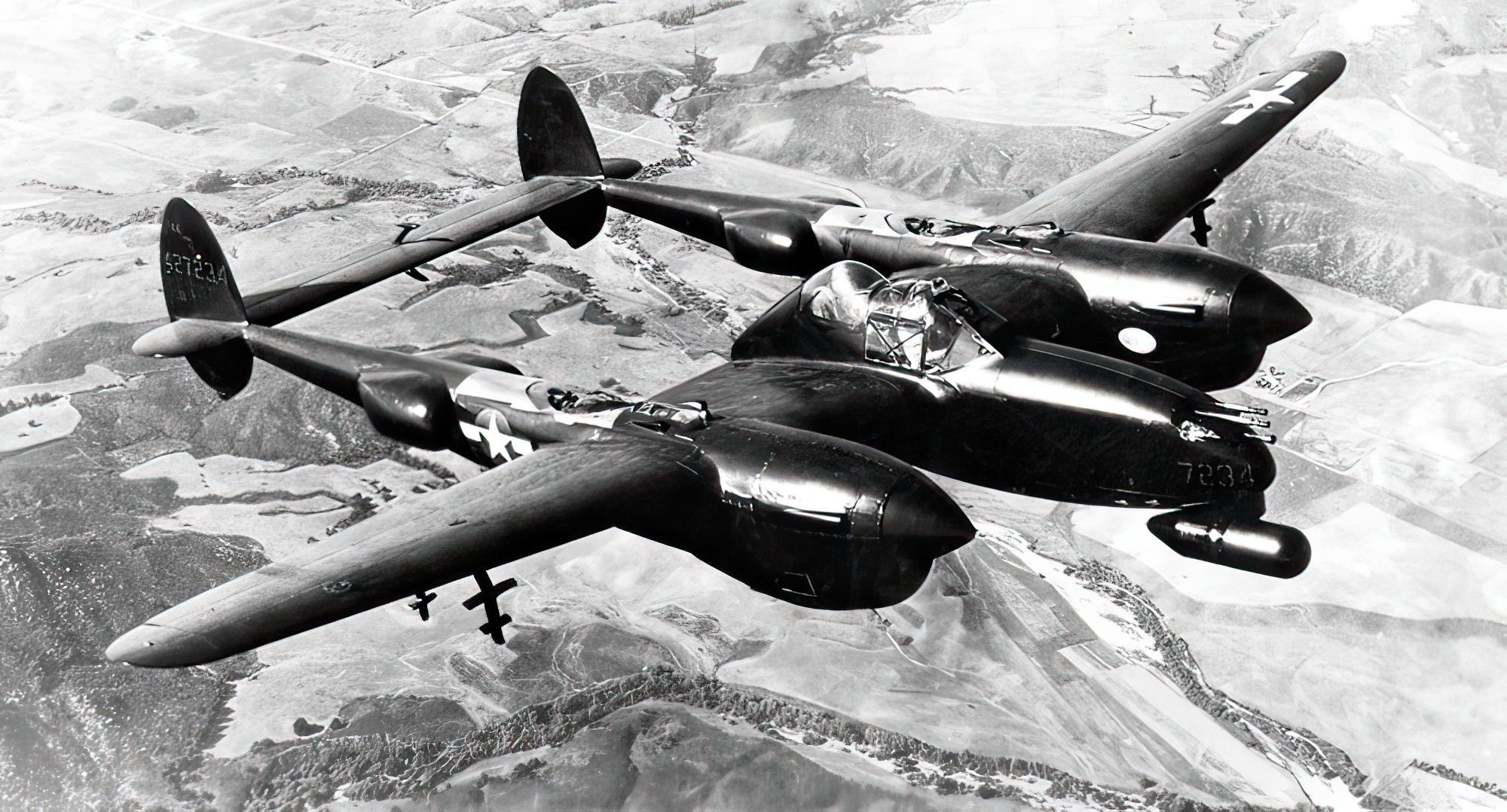
The armament was not located on the wings, per US fighter custom, but was instead placed in a cluster on the front of the central pod. This gave the P-38 excellent accuracy up to almost 3,280 feet, as the bullets had no convergence point. Wing-mounted guns were set to cross over at a specific range, making hitting a target nearer or further than this point difficult. The P-38 was typically armed with four Browning .50 calibre machine guns and one 20 mm cannon.
With its first flight taking place in January 1939, its extreme performance was immediately recognised. The following month the XP-38 made a cross-country flight over the US, where it reached a staggering maximum of 416 mph. As a consequence, the British would later give it the moniker “Lightning.”
Launch
The P-38 achieved the original requirements and then some, with a huge range of 1,300 miles range, and the subsequent P-38L variant carried a decent bomb payload of 4,000 lbs. Moreover, it reached a height of 3,300 feet in under a minute.
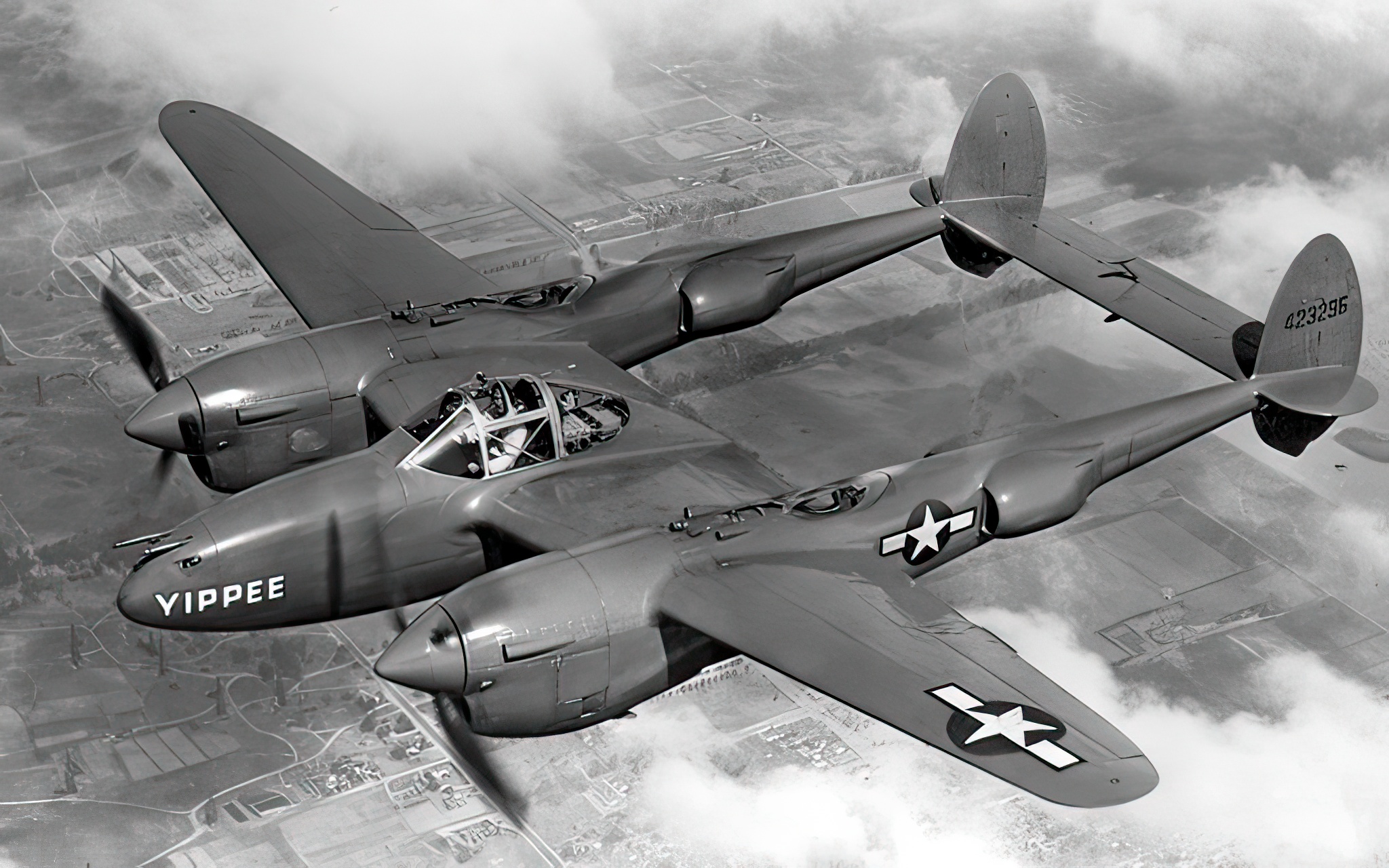
At its launch, the plane had many new and complex technologies, like its flush-riveted butt-jointed aluminium skin panels and turbo supercharged engines. This hindered production speed in the early stages. Nevertheless, the US Army Air Force claimed its first victory with a P-38 over a German aircraft, a Focke-Wulf Condor Fw-200 patrol bomber, in 1942.
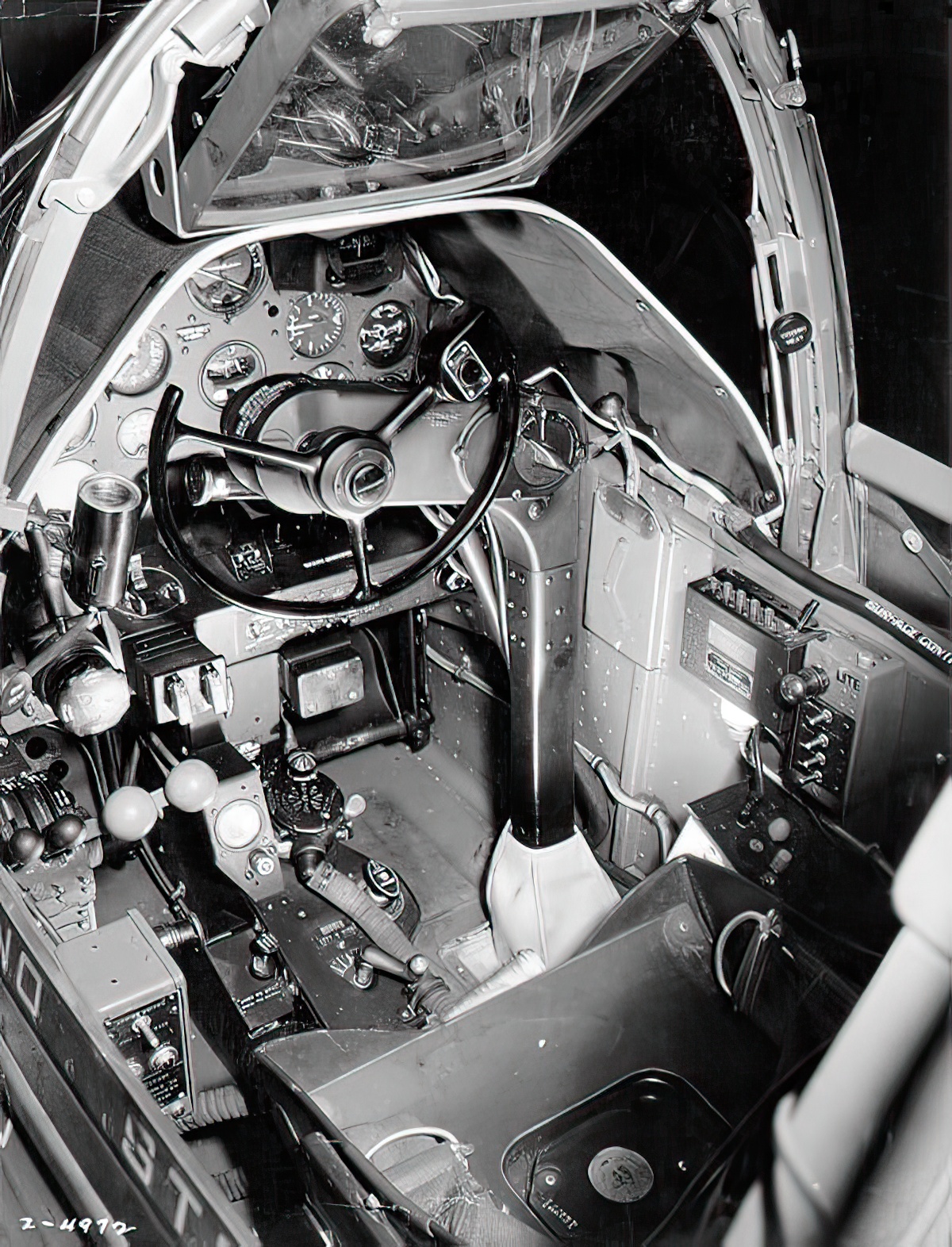
Operational Success
The P-38 excelled in the Pacific and was cause for concern for the Japanese, who nicknamed it “two planes, one pilot.” Its long range made it the practical aircraft to use over the wide expanses of the Pacific. The warmer Pacific was also more suited to the P-38 since its engine intakes were over-cooled from the European winter air.
This range was famously used in 1943 when intercepting the Japanese flight that carried Japanese Admiral Isoroku Yamamoto, the mastermind of the Pearl Harbour attack. P-38s made a nearly 1,000-mile round trip over the Pacific, intercepting and neutralising Yamamoto.
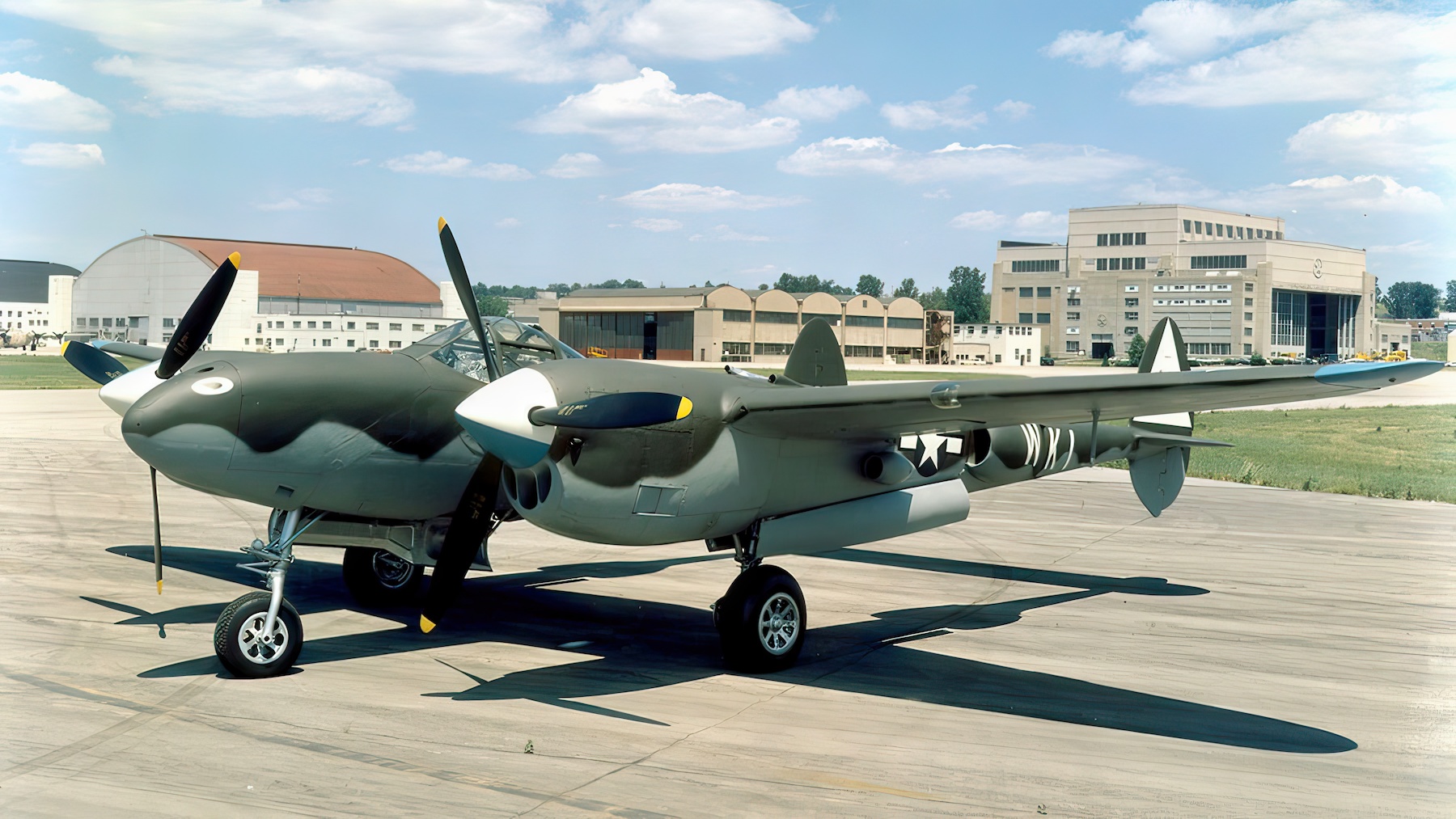
A total of 9,942 P-38s of all variants were built over the entire duration of the Second World War, and the type flew more than 130,000 missions. It shined in aerial reconnaissance and was widely used in this role, capturing 90 per cent of all aerial film taken over Europe.
Issues
Like any modern machine, the P-38 suffered from a few loose bolts and cogs. The most lethal of its problems was its infamous ability to become dangerously unstable at extremely high speeds and lock up the controls, in a situation known as high-speed compressibility.
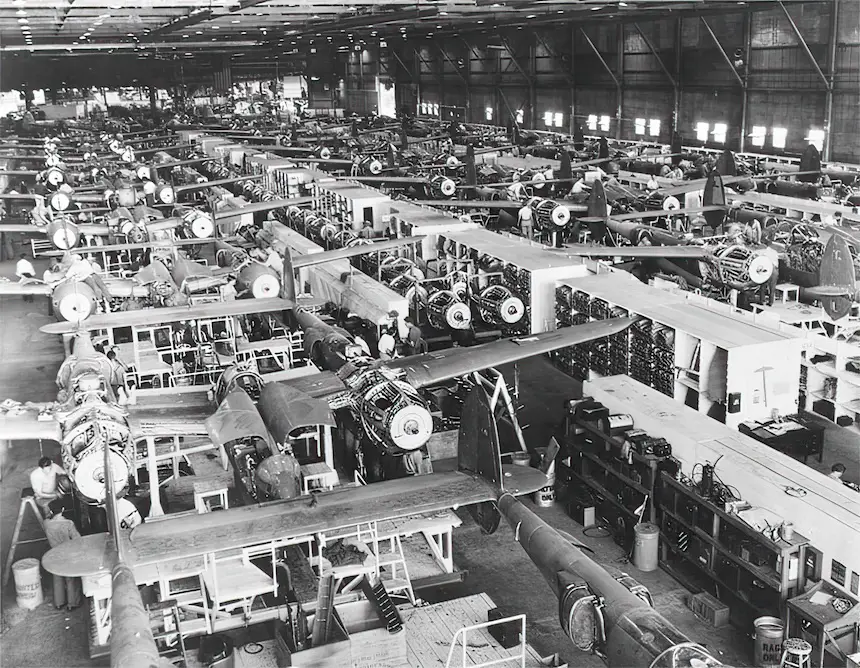
At exceptional moments of high speed, like in a dive, the tail of the aircraft would violently shake and the nose would lower, steepening its dive and increasing its speed. As if that wasn’t grim enough, the controls would also become unresponsive. Lockheed engineers spent years attempting to solve the problem and they eventually did.
The P-38 was a first-class aircraft as soon as it entered service. Its size, speed, manoeuvrability, and armament meant it performed well in almost every role, and was a worthy rival to the Mosquito. Largely transcended by the P-51, the P-38’s twin-engine layout and other major assets kept it a demanded vehicle up until the conclusion of the war.

